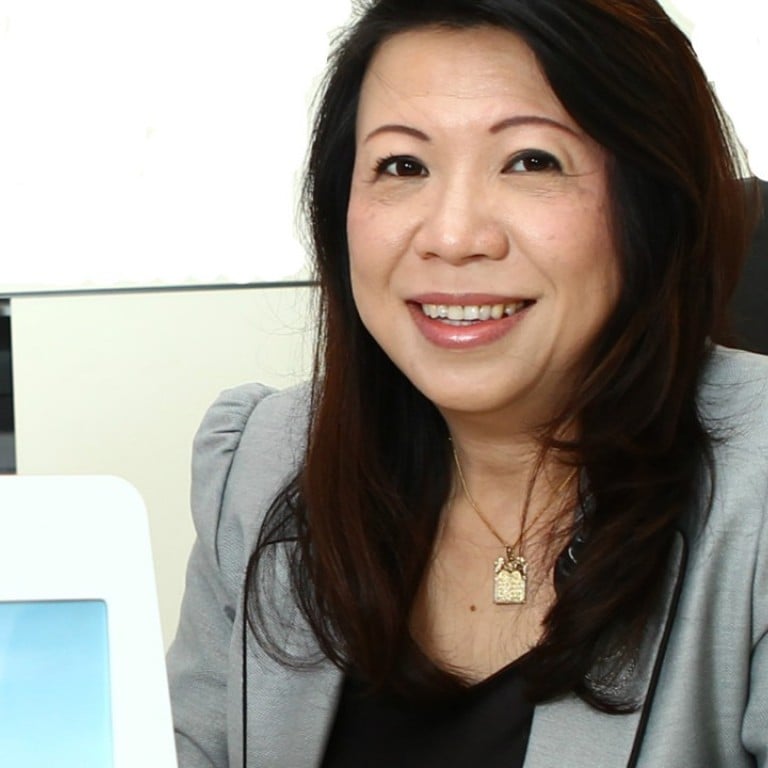
Oticon empowers wearers to hear more and live more
Hearing care specialist is dedicated to building solutions that fit different lifestyles and is constantly pushing the boundaries of hearing aid technologies
Just as the other senses help connect people to their environment, the sense of hearing is crucial in creating and defining experiences.
However, conditions such as hearing impairment can get in the way of people making the most out of life. Danish hearing care specialist Oticon understands this and has dedicated itself to building solutions that fit different lifestyles, empowering people to hear more and live more.
“Oticon remains to this day one of the key players and drivers in the technological evolution of hearing aids. Oticon has been constantly pushing the boundaries of hearing aid technologies — being the first to launch Oticon E24V, a hearing aid with switchable microphone, in 1978; the world’s first fully digital hearing device, DigiFocus, in 1996; Opn, the world’s first hearing aid that connects to the internet via the IFTTT (if this, then that) network, in 2016, and many more,” says Doris Ong, Oticon Singapore general manager.
An industry innovator, Oticon designs its hearing aids based on BrainHearing technologies and philosophies, which indicate that humans hear not just with their ears, but also with their brain. More than just amplifying sounds, BrainHearing solutions separate relevant sounds from background noise.
Oticon remains to this day one of the key players and drivers in the technological evolution of hearing aids
Continuing to make an impact in changing lives, Oticon embarks on intensive research and development (R&D) initiatives in its own psychoacoustics research facility, the Eriksholm Research Centre.
From this R&D hub, Oticon develops hearing solutions such as the new Opn models with integrated Tinnitus SoundSupport and Speech Rescue LX. The new styles can also be powered with rechargeable batteries, providing wearers greater flexibility.
In Asia, Oticon established its regional office in Singapore to better serve the needs of the Southeast Asian region. Oticon products are available in the region through Hearing Partners outlets in Singapore, Malaysia, Myanmar, and the Philippines. Aside from expanding its sales network in Asia, Oticon also welcomes partnerships with universities that could help the company further strengthen its portfolio.
